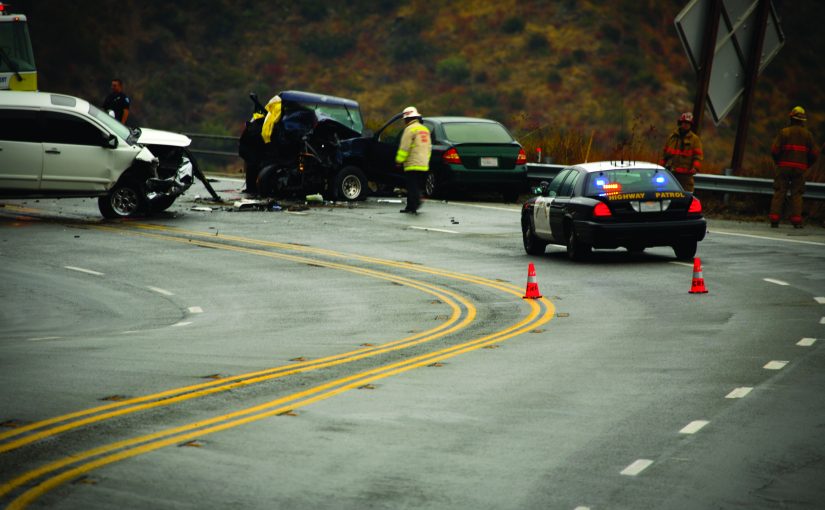
Each year, hundreds of highway responders—law enforcement, fire, rescue, emergency medical services (EMS), tow or recovery, and others—are seriously injured or killed while working in or near moving traffic. However, by following proper traffic incident management (TIM) strategies, responding agencies can greatly reduce those numbers.
TIM may seem like a complex, tangled web of policies and directives, responsibilities, and even state laws, but, at their core, the TIM principles are quite simple. TIM is about getting everyone on the same page and helping the many responding teams work together to achieve their competing priorities, instead of against one another. For example, EMS personnel will be largely focused on providing medical care to victims, while law enforcement’s primary attention will be focused on investigating the collision. How might EMS and law enforcement work as a cohesive team to complete their respective tasks with speed and efficiency? The answer lies in the implementation of the strategies found in the Second Strategic Highway Research Project (SHRP2) TIM training. The main priorities of the SHRP2 TIM training are protecting first responders, limiting traffic disruption, and facilitating a quick clearance of vehicles. Every responding agency has something to contribute to traffic incident management responsibilities, and the SHRP2 TIM multidisciplinary training brings together police officers, firefighters, members of state and local departments of transportation, towing personnel, medical personnel, and other traffic incident responders. All first responder agencies need to have a common understanding of the other agencies’ roles at the scene of a roadway incident.


